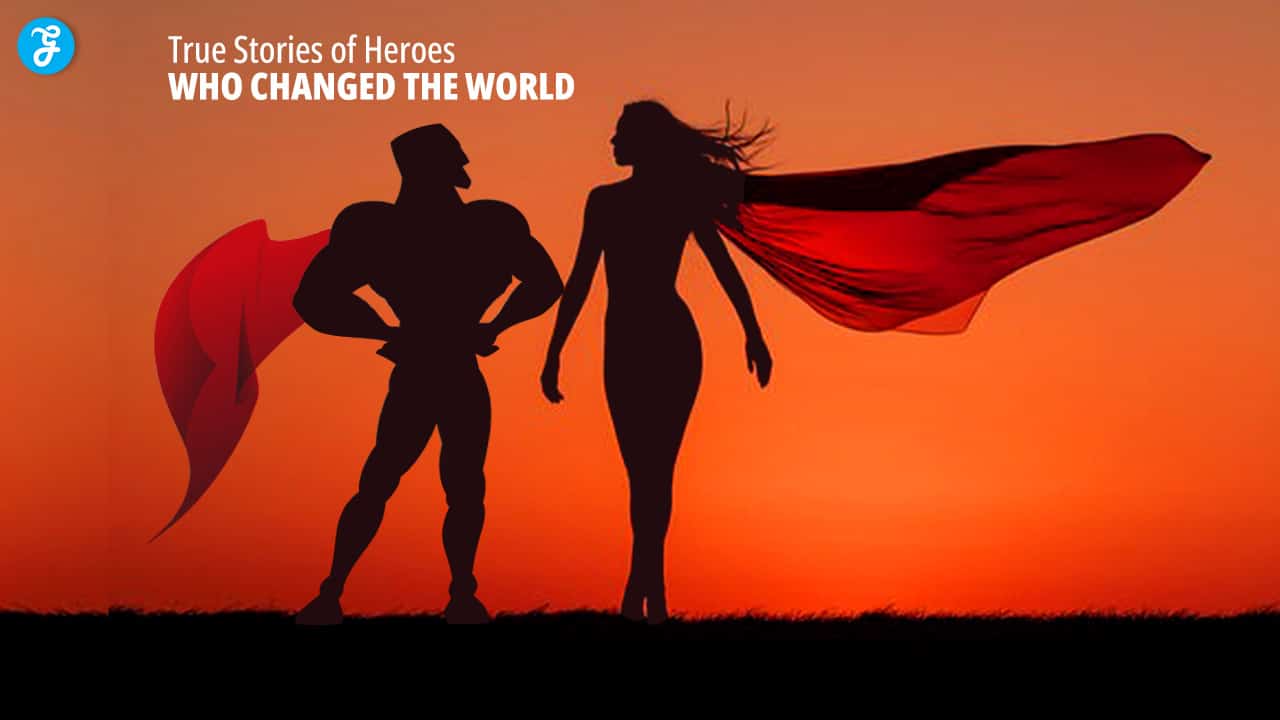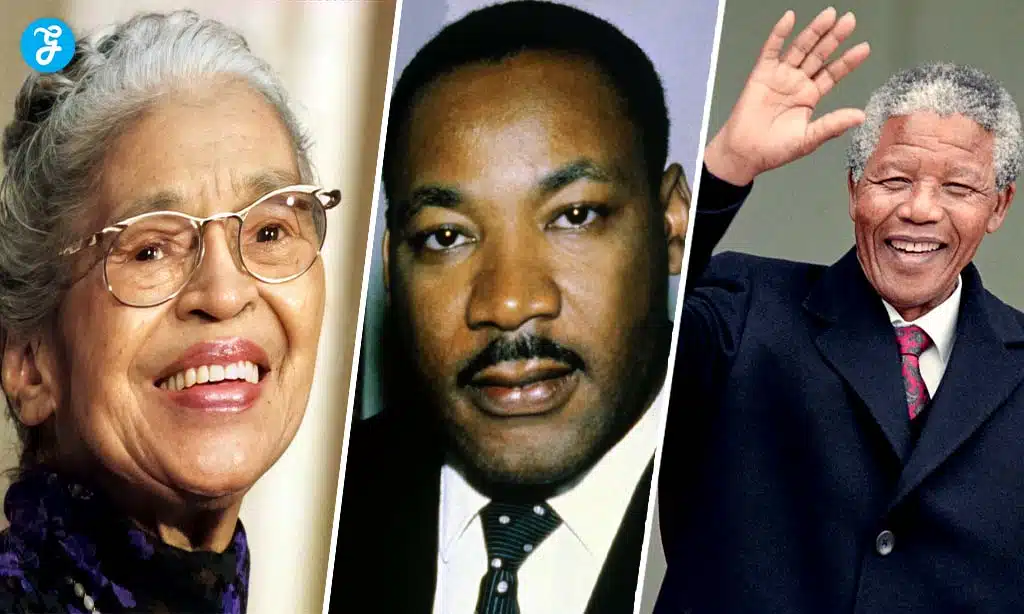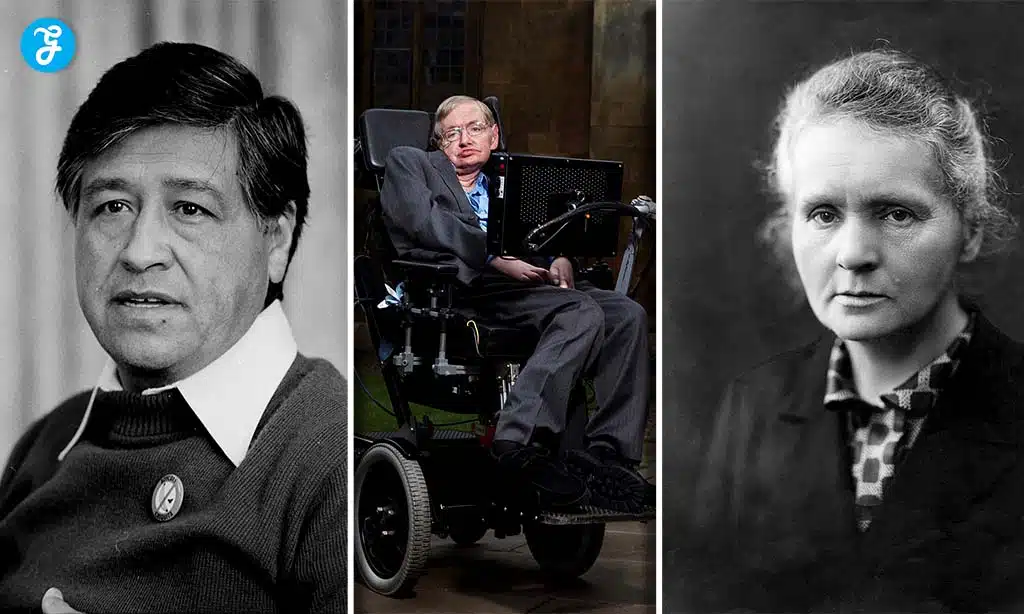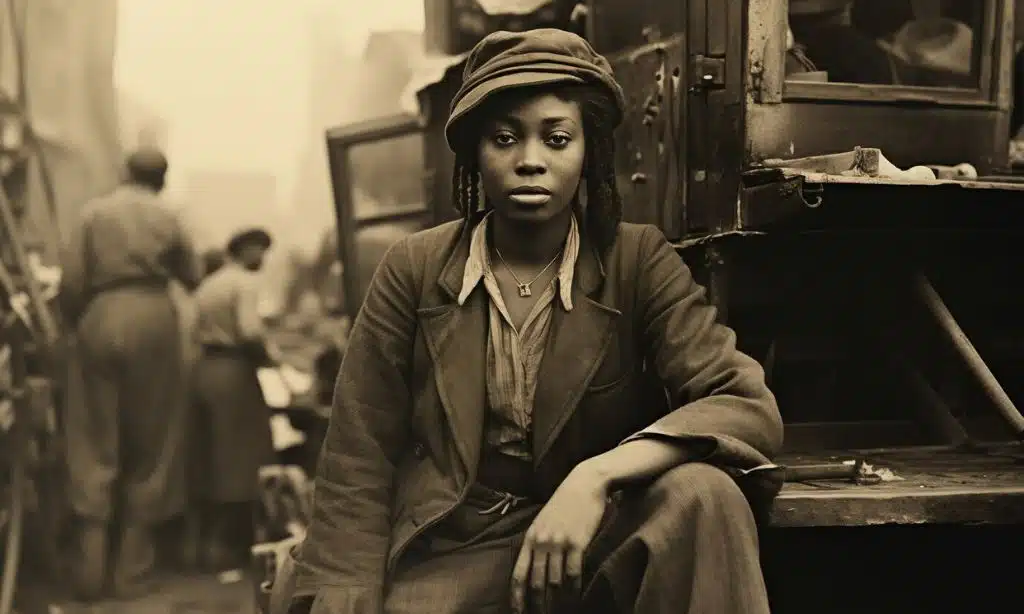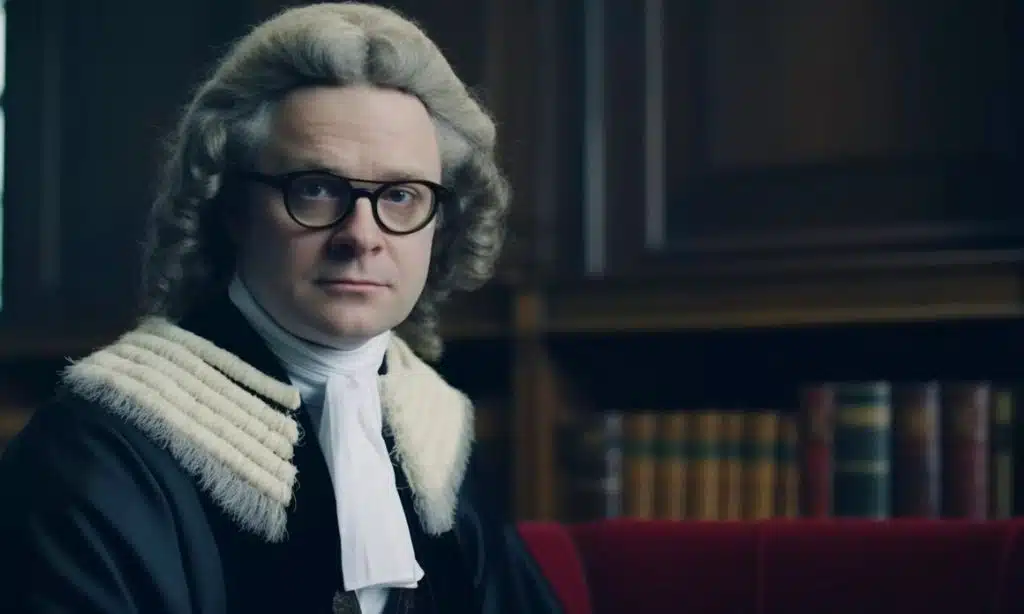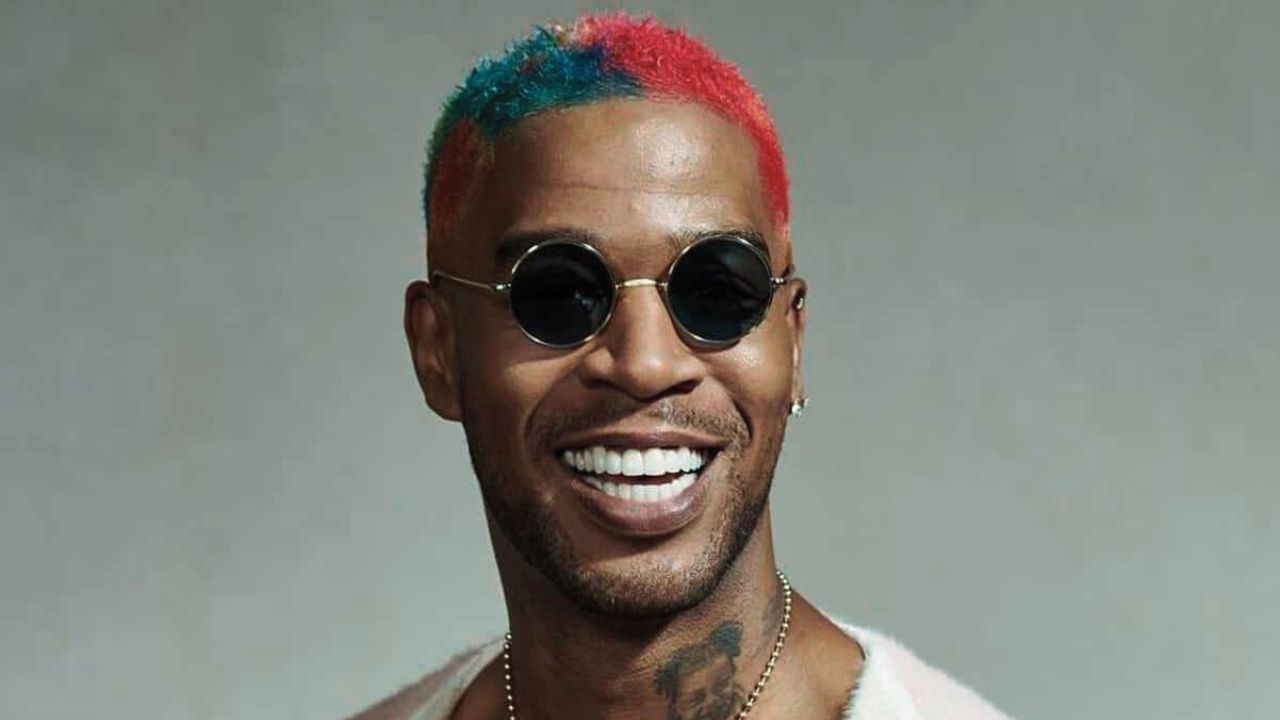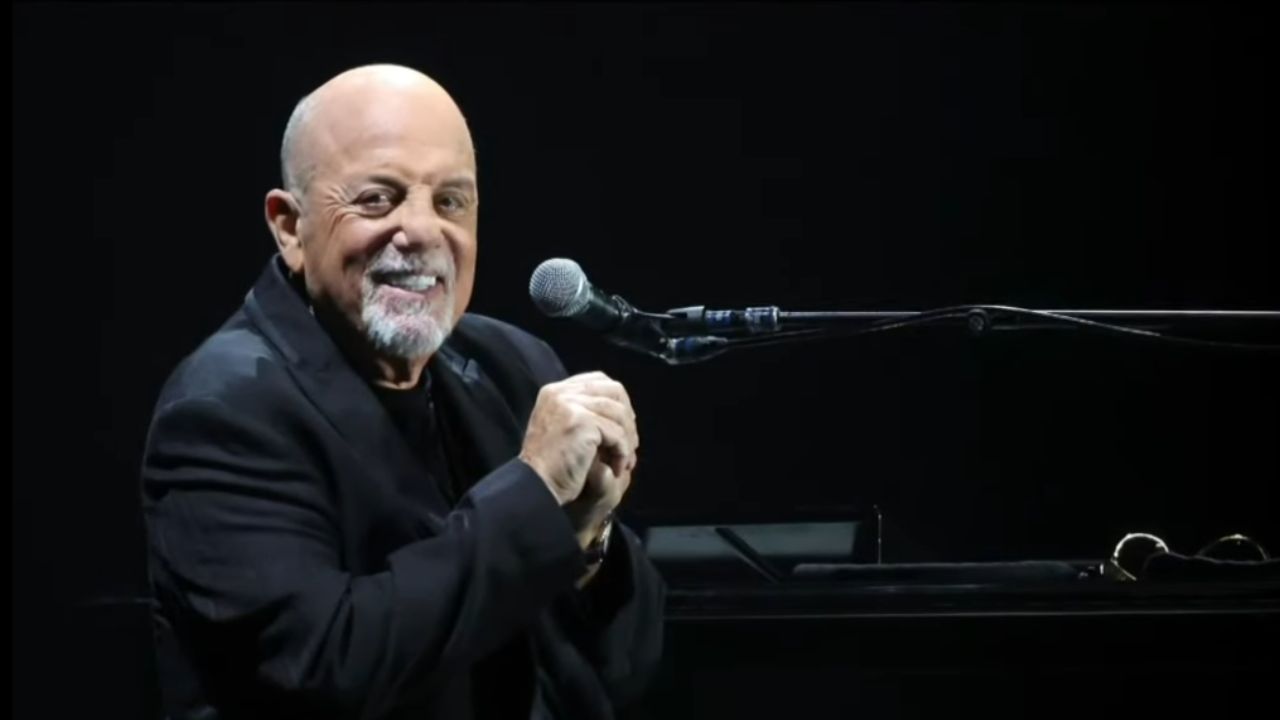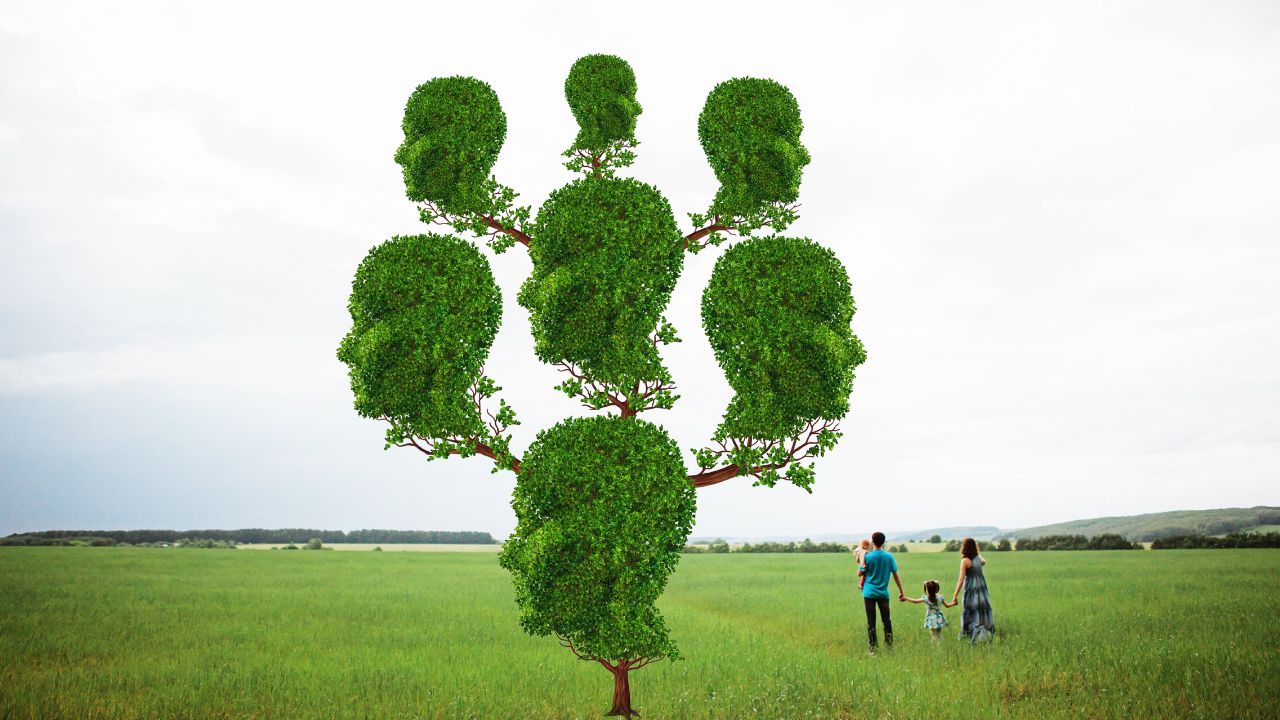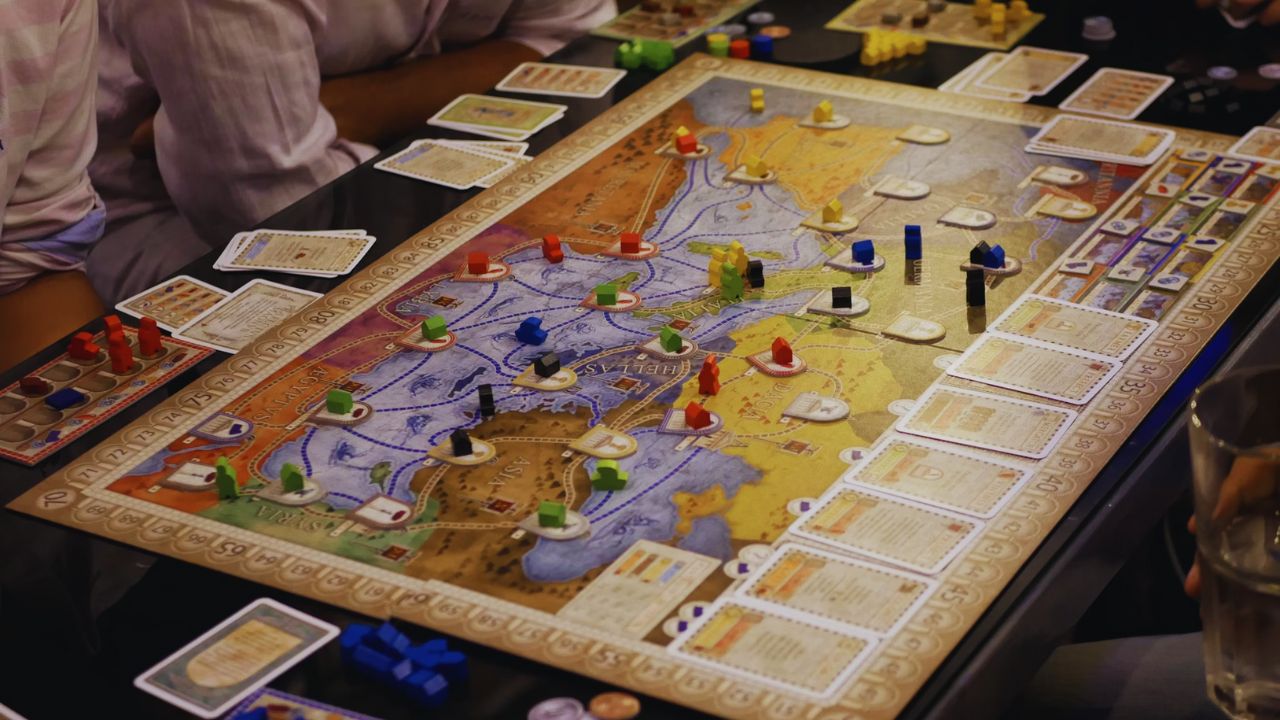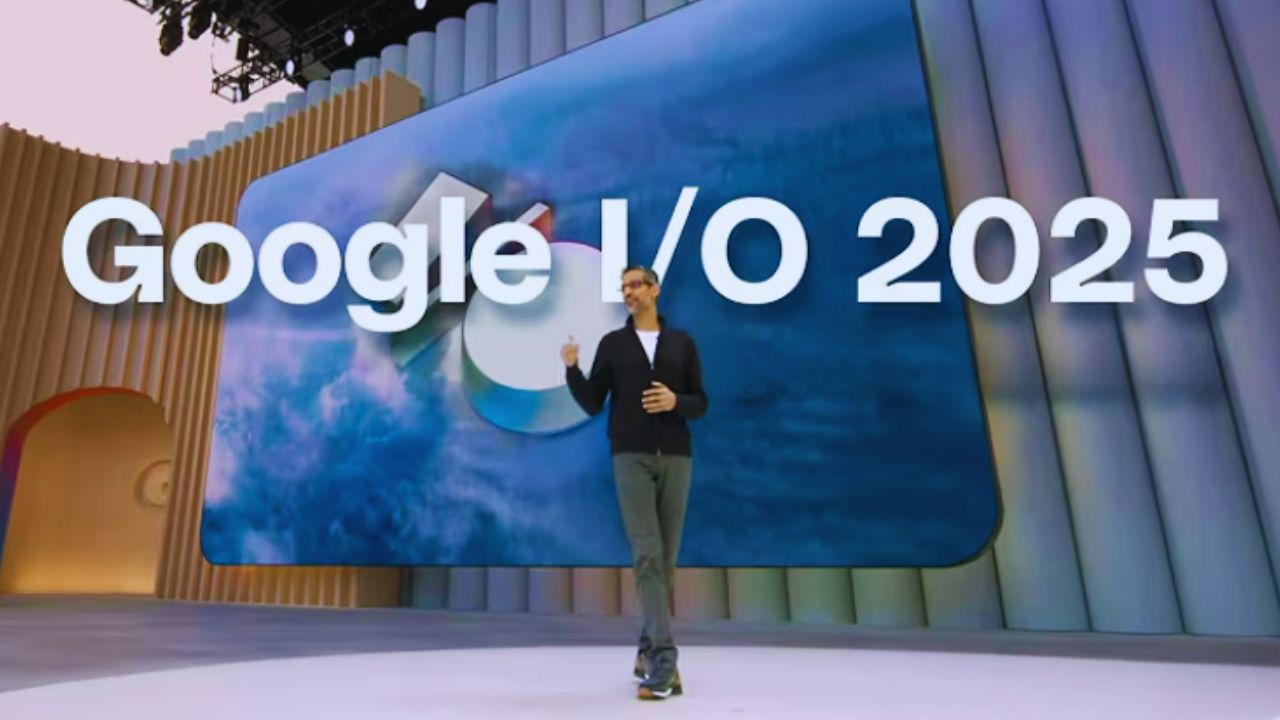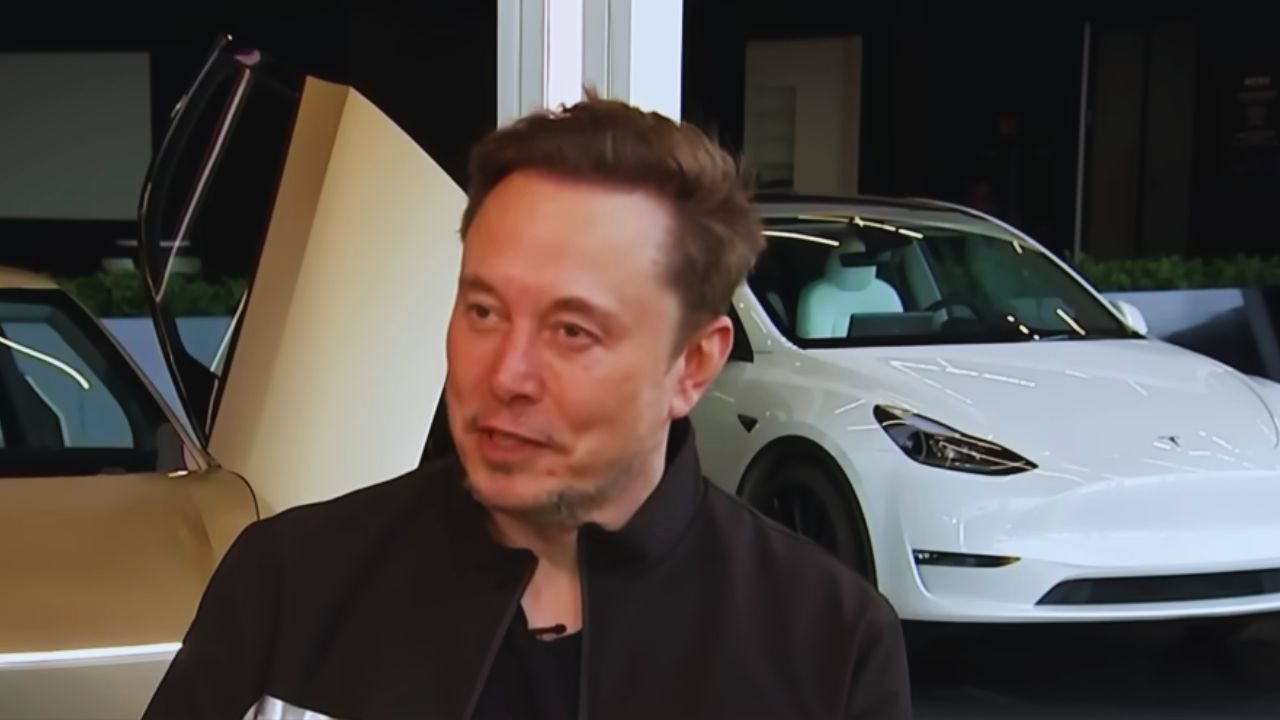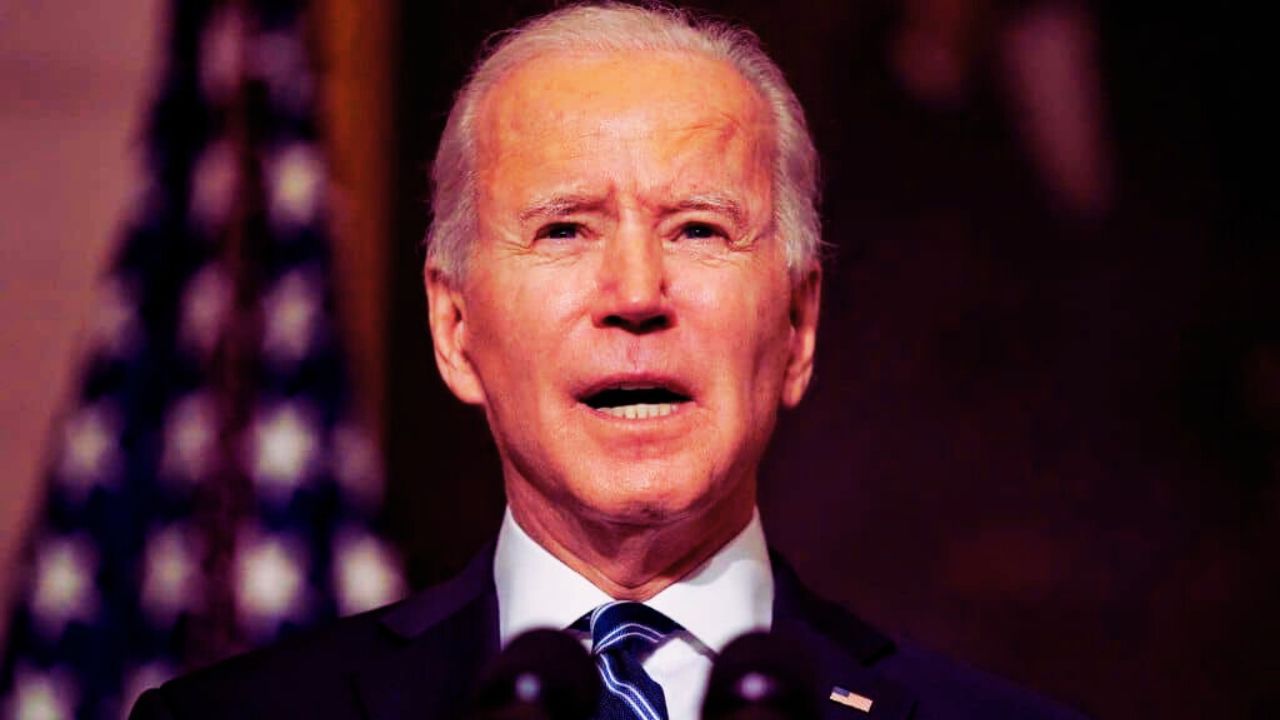Throughout history, brave individuals have stepped forward to make a difference. Their actions have shaped our world, inspiring hope and progress.
This article explores inspiring true stories of heroes who changed the course of history through courage, innovation, and unwavering dedication to their causes.
From champions of civil rights to scientific pioneers, these remarkable people prove that one person can indeed change the world. Their stories remind us of the power of human potential and the impact of standing up for what’s right.
Let’s dive into these inspiring tales of heroism and discover how ordinary people achieved extraordinary things.
True Stories of Heroes Who Changed the World
In the tapestry of human history, there are threads that shine brighter than others—individuals whose actions have altered the very fabric of our world. These are not the heroes of myth and legend, but real people who faced real challenges and overcame them with extraordinary courage, vision, and determination.
As we delve into their lives, we’re not just exploring history—we’re uncovering a roadmap for future changemakers and a testament to the extraordinary impact of human will.
1. Rosa Parks
Rosa Parks became a symbol of the civil rights movement when she refused to give up her bus seat to a white passenger in Montgomery, Alabama, on December 1, 1955. A young Martin Luther King Jr. led the 381-day Montgomery Bus Boycott in response to her brave act.
Parks faced arrest, death threats, and lost her job, but her courage helped ignite the broader struggle for racial equality in America. In 1996, she received the Presidential Medal of Freedom.
2. Nelson Mandela
After spending 27 years in prison for his anti-apartheid activism, Nelson Mandela emerged to become South Africa’s first Black president in 1994. During his imprisonment on Robben Island, Mandela became a global symbol of resistance to racial oppression.
As president, he led the country through a peaceful transition from apartheid to democracy, establishing the Truth and Reconciliation Commission to address past human rights abuses. Mandela’s policy of reconciliation and unity earned him the Nobel Peace Prize in 1993.
3. Malala Yousafzai
Shot in the head by the Taliban on October 9, 2012, for advocating girls’ education in Pakistan’s Swat Valley, Malala Yousafzai survived to become the youngest Nobel Peace Prize laureate at age 17. She began her activism at 11, writing a blog for the BBC about life under Taliban rule.
After her recovery, Malala established the Malala Fund, which works in regions around the world to provide girls with 12 years of free, safe, quality education.
4. Harvey Milk
As one of the first openly gay elected officials in the United States, Harvey Milk fought for LGBTQ+ rights in San Francisco in the 1970s. Elected to the San Francisco Board of Supervisors in 1977, Milk championed a landmark gay rights ordinance for the city.
His tragic assassination on November 27, 1978, alongside Mayor George Moscone, galvanized the gay rights movement. Milk’s legacy includes inspiring countless LGBTQ+ individuals to enter politics and public service.
5. Emmeline Pankhurst
A key figure in the British suffragette movement, Emmeline Pankhurst led the fight for women’s right to vote in the UK. She founded the Women’s Social and Political Union (WSPU) in 1903, adopting the slogan “Deeds, not words.” Pankhurst and her followers engaged in militant tactics, including window-breaking, arson, and hunger strikes when imprisoned.
Her unwavering dedication helped secure voting rights for women over 30 in 1918, with full equality with men’s suffrage achieved in 1928.
6. Martin Luther King Jr.
Dr. King’s leadership in the American civil rights movement, his powerful speeches, and his commitment to nonviolent resistance inspired a nation. Born on January 15, 1929, in Atlanta, Georgia, King became a Baptist minister and rose to prominence during the Montgomery Bus Boycott of 1955-1956.
His “I Have a Dream” speech, delivered on August 28, 1963, during the March on Washington, remains one of the most iconic calls for equality and justice in history. King’s efforts were crucial in the passage of the Civil Rights Act of 1964 and the Voting Rights Act of 1965. Tragically assassinated on April 4, 1968, in Memphis, Tennessee, King’s legacy continues to inspire civil rights movements worldwide.
7. Cesar Chavez
Cesar Chavez co-founded the National Farm Workers Association (later United Farm Workers union) in 1962 and led nonviolent protests to improve working conditions for agricultural laborers in the United States. Born on March 31, 1927, in Arizona, Chavez experienced firsthand the challenges faced by migrant farm workers.
He organized strikes, including the famous Delano grape strike of 1965-1970, and led a 340-mile march from Delano to Sacramento in 1966 to raise awareness. Chavez’s use of fasting as a form of nonviolent protest gained national attention. His efforts led to the passage of the California Agricultural Labor Relations Act in 1975, allowing farm workers to form unions and bargain for better wages and conditions.
8. Marie Curie
Marie Curie’s groundbreaking research on radioactivity led to the discovery of polonium and radium. Born Maria Skłodowska in Warsaw, Poland, on November 7, 1867, she moved to Paris for her studies. In 1903, she became the first woman to win a Nobel Prize and remains the only person to win Nobel Prizes in two scientific fields (Physics in 1903 and Chemistry in 1911).
During World War I, Curie developed mobile X-ray units to assist battlefield surgeons. Despite facing gender discrimination in the scientific community, she founded the Curie Institutes in Paris and Warsaw, which remain major centers of medical research today.
9. Jonas Salk
Dr. Jonas Salk developed the first successful polio vaccine, which has saved countless lives and nearly eradicated the disease worldwide. Born on October 28, 1914, in New York City, Salk began his polio research in 1948 at the University of Pittsburgh. After successful trials, the vaccine was declared safe and effective on April 12, 1955.
Salk chose not to patent the vaccine, stating, “There is no patent. Could you patent the sun?” This decision made the vaccine widely accessible. By 1994, polio was declared eradicated in the Americas. Salk later founded the Salk Institute for Biological Studies, continuing his commitment to biomedical research.
10. Jane Goodall
Jane Goodall’s revolutionary studies of chimpanzees in Tanzania changed our understanding of primates and human evolution. Born on April 3, 1934, in London, Goodall began her groundbreaking work at Gombe Stream National Park in 1960. She was the first to observe chimpanzees making and using tools, a discovery that challenged the prevailing definition of human uniqueness.
Goodall’s patient, immersive research methods set new standards in primatology. In 1977, she founded the Jane Goodall Institute to promote conservation, research, and education. Her youth program, Roots & Shoots, active in over 60 countries, empowers young people to become environmental and humanitarian leaders.
11. Stephen Hawking
Despite being diagnosed with ALS at age 21 and given just two years to live, Stephen Hawking became one of the world’s most renowned physicists. Born on January 8, 1942, in Oxford, England, Hawking’s work on black holes and the origins of the universe expanded our knowledge of the cosmos.
His 1988 book, “A Brief History of Time,” sold more than 10 million copies and made complex scientific ideas accessible to the general public. Hawking’s resilience in the face of his physical limitations inspired millions. He continued to conduct research, write books, and give lectures until his death on March 14, 2018, defying his initial prognosis by more than five decades.
12. Tu Youyou
Chinese scientist Tu Youyou discovered artemisinin, a drug that has saved millions of lives from malaria. Born on December 30, 1930, in Ningbo, China, Tu began her malaria research during China’s Cultural Revolution. Drawing on traditional Chinese medicine, she and her team screened over 2,000 traditional Chinese recipes.
In 1972, they discovered artemisinin, extracted from sweet wormwood, which proved highly effective against malaria parasites. Tu tested the drug on herself to speed up development during the Vietnam War. Her work went unrecognized for decades until she received the Nobel Prize in Physiology or Medicine in 2015, becoming the first Chinese woman to win a Nobel Prize in science.
13. Rachel Carson
Rachel Carson’s book “Silent Spring” (1962) exposed the dangers of pesticides, sparking the modern environmental movement. Born on May 27, 1907, in Pennsylvania, Carson was a marine biologist and nature writer. “Silent Spring” meticulously documented the harmful effects of DDT and other pesticides on wildlife, particularly birds.
The book faced fierce opposition from chemical companies but led to a nationwide ban on DDT and the creation of the Environmental Protection Agency (EPA) in 1970. Carson’s work fundamentally changed the relationship between humans and the natural world, emphasizing the interconnectedness of all living organisms.
14. Wangari Maathai
Kenyan activist Wangari Maathai founded the Green Belt Movement in 1977, which has planted over 51 million trees across Africa. Born on April 1, 1940, in Nyeri, Kenya, Maathai was the first woman in East and Central Africa to earn a doctorate. The Green Belt Movement empowered rural women by paying them to plant trees, addressing both deforestation and poverty.
Maathai faced arrest and beatings for her environmental activism, which often challenged government policies. In 2004, she became the first African woman to win the Nobel Peace Prize for her contribution to sustainable development, democracy, and peace.
15. David Attenborough
Through his nature documentaries spanning over six decades, Sir David Attenborough has educated millions about the wonders of the natural world and the urgent need for conservation. Born on May 8, 1926, in London, Attenborough joined the BBC in 1952 and has since created groundbreaking series such as “Life on Earth” (1979) and “Blue Planet” (2001).
His recent works, including “Our Planet” (2019), have brought critical attention to the impacts of climate change. At 94, Attenborough continues to be a powerful voice for environmental protection, using his platform to advocate for urgent action on climate change and biodiversity loss.
16. Greta Thunberg
Swedish teenager Greta Thunberg sparked a global youth movement for climate action with her school strikes and impassioned speeches to world leaders. Born on January 3, 2003, Thunberg began her activism in August 2018 by skipping school to protest outside the Swedish Parliament, demanding more action on climate change.
Her “Fridays for Future” movement spread globally, with millions of young people joining climate strikes. Thunberg has addressed world leaders at the UN Climate Action Summit and the World Economic Forum, famously telling them, “How dare you!” for their inaction on climate change.
Her activism has earned her numerous honors, including being named Time’s Person of the Year in 2019 at age 16, the youngest person to receive this recognition.
17. Mahatma Gandhi
Mahatma Gandhi’s philosophy of nonviolent resistance inspired civil rights movements around the world. Born Mohandas Karamchand Gandhi on October 2, 1869, in Porbandar, India, he studied law in London before working in South Africa, where he developed his concept of satyagraha (nonviolent resistance).
Returning to India in 1915, Gandhi led nationwide campaigns for various social causes and for achieving Swaraj or self-rule. His famous Salt March in 1930, a nonviolent protest against the British salt monopoly, sparked a mass civil disobedience movement.
Gandhi’s fasts and peaceful protests played a crucial role in India’s struggle for independence, achieved in 1947. Tragically assassinated on January 30, 1948, Gandhi’s principles of nonviolence continue to influence political and social reformers worldwide.
18. Mother Teresa
Mother Teresa dedicated her life to serving the poor and sick in Calcutta, India. Born Anjezë Gonxhe Bojaxhiu on August 26, 1910, in Skopje (now North Macedonia), she joined the Sisters of Loreto at 18 and moved to India in 1929. She established the Missionaries of Charity in 1950 after becoming alarmed by the poverty around her.
Her order established hospices, homes for orphaned children, and clinics for people with HIV/AIDS. Despite facing criticism for her stance on abortion and allegations of misuse of funds, Mother Teresa’s work brought global attention to the plight of the poor in India. She received the Nobel Peace Prize in 1979, and the Roman Catholic Church canonized her as a saint 19 years after her passing.
19. Oskar Schindler
German industrialist Oskar Schindler saved the lives of over 1,000 Jews during the Holocaust by employing them in his factories. Born on April 28, 1908, in Austria-Hungary (now Czech Republic), Schindler was initially a member of the Nazi Party who moved to Krakow to profit from the war.
However, witnessing the brutality of the Nazi regime, he began using his position and wealth to protect his Jewish workers. Schindler bribed Nazi officials, created a safe haven for his workers in his factory, and even moved his entire operation to Czechoslovakia to keep them from being sent to death camps.
His story, largely unknown until the publication of Thomas Keneally’s book “Schindler’s Ark” in 1982 and Steven Spielberg’s film “Schindler’s List” in 1993, has become a powerful symbol of individual courage and moral responsibility in the face of systemic evil.
20. Desmond Tutu
Archbishop Desmond Tutu played a key role in ending apartheid in South Africa. Born on October 7, 1931, in Klerksdorp, South Africa, Tutu became the first Black Anglican Archbishop of Cape Town. He was a vocal critic of apartheid, advocating for nonviolent protest and international sanctions against the South African government.
After the fall of apartheid, President Nelson Mandela appointed Tutu to chair the Truth and Reconciliation Commission, promoting healing and forgiveness in the post-apartheid era. His concept of “Ubuntu”—the belief in a universal bond of sharing that connects all humanity—shaped his approach to justice and reconciliation. Tutu received the Nobel Peace Prize in 1984 for his efforts to resolve and end apartheid.
21. Harriet Tubman
Harriet Tubman escaped slavery and then risked her life to lead hundreds of enslaved people to freedom through the Underground Railroad. Born into slavery around 1822 in Dorchester County, Maryland, Tubman escaped to Philadelphia in 1849.
Over the next decade, she made some 13 missions to rescue approximately 70 enslaved people, including family and friends, using the network of antislavery activists and safe houses known as the Underground Railroad. During the Civil War, Tubman worked for the Union Army as a cook, nurse, armed scout, and spy.
In 1863, she became the first woman to lead an armed expedition in the war, guiding the Combahee River Raid, which liberated more than 700 enslaved people. After the war, Tubman dedicated herself to helping impoverished former slaves and the elderly, establishing her own Home for the Aged.
22. Steve Jobs
Steve Jobs co-founded Apple and revolutionized personal computing, mobile phones, and digital media. Born on February 24, 1955, in San Francisco, Jobs co-founded Apple Computer with Steve Wozniak in 1976. After being forced out of Apple in 1985, he founded NeXT Computer and acquired Pixar Animation Studios.
Jobs returned to Apple as CEO in 1997, leading the company’s resurgence with innovative products like the Mac, iPod, iPhone, and iPad. His focus on user-friendly design and seamless integration of hardware and software transformed multiple industries.
Jobs’ 2005 Stanford commencement speech, where he advised graduates to “stay hungry, stay foolish,” became one of the most viewed commencement addresses. Despite his controversial management style, Jobs is widely recognized as a visionary who fundamentally changed how we interact with technology.
23. Tim Berners-Lee
Sir Tim Berners-Lee invented the World Wide Web, creating the foundation for the modern internet. Born on June 8, 1955, in London, Berners-Lee proposed the World Wide Web in 1989 while working at CERN. He implemented the first successful communication between a Hypertext Transfer Protocol (HTTP) client and server via the internet in 1990.
Crucially, he chose to make his invention freely available to all, without patent or royalties. In 1994, Berners-Lee founded the World Wide Web Consortium (W3C) to develop open standards for the web. He has been a vocal advocate for net neutrality and data privacy.
In 2009, he established the World Wide Web Foundation to advance the open web as a public good and a basic right. Berners-Lee continues to work on projects aimed at decentralizing the web and giving users more control over their data.
24. Ada Lovelace
Ada Lovelace, frequently regarded as the first computer programmer in history, created the first algorithm for a machine to process in the middle of the 1800s. Born Augusta Ada Byron on December 10, 1815, in London, she was the daughter of poet Lord Byron. Lovelace was introduced to Charles Babbage’s work on the analytical engine, a proposed mechanical general-purpose computer, in 1833.
In 1843, she published a translation of an article on the Analytical Engine, supplemented with elaborate notes containing what many consider to be the first computer program—an algorithm designed to be carried out by the machine. Lovelace’s notes also include her prescient vision of the potential of computers to go beyond mere calculating or number-crunching.
Her contributions were largely overlooked until the 1950s, but she is now recognized as a pioneer in the field of computer science, with Ada Lovelace Day celebrated annually to honor women in science, technology, engineering, and mathematics (STEM).
25. Nikola Tesla
Nikola Tesla’s inventions and theories laid the groundwork for modern alternating current (AC) electricity supply systems. Born on July 10, 1856, in the village of Smiljan, in the Austrian Empire (now Croatia), Tesla immigrated to the United States in 1884. He worked briefly with Thomas Edison before striking out on his own.
Tesla’s most famous invention, the AC induction motor, solved a major issue with long-distance power transmission. His work on AC systems eventually won out over Edison’s promotion of direct current (DC) systems in the “War of Currents.” Tesla’s other contributions include pioneering work on X-ray imaging, radio technology, and wireless communication.
Despite his brilliant mind and numerous patents, Tesla died in relative obscurity and poverty on January 7, 1943. In recent years, there has been renewed interest in Tesla’s life and work, with many of his ideas proving to be far ahead of his time.
26. Grace Hopper
Rear Admiral Grace Hopper was a pioneer in computer programming who developed the first compiler for a computer programming language. Born Grace Brewster Murray on December 9, 1906, in New York City, Hopper earned a Ph.D. in mathematics from Yale in 1934. She joined the U.S. Naval Reserve during World War II and was assigned to the Bureau of Ordnance Computation Project at Harvard University, where she worked on the Mark I computer.
In 1952, Hopper created the first compiler, A-0, which translated mathematical code into machine language. This breakthrough led to the development of COBOL, one of the first high-level programming languages. Hopper coined the term “bug” in computer science after finding an actual moth causing a malfunction in the Mark II computer.
She continued to serve in the Navy until 1986, becoming a rear admiral and the oldest serving officer at the time of her retirement. Hopper’s contributions earned her numerous awards, including the National Medal of Technology in 1991.
27. Muhammad Yunus
Bangladeshi economist Muhammad Yunus founded Grameen Bank, pioneering the concepts of microcredit and microfinance. Born on June 28, 1940, in Chittagong, Bangladesh (then part of British India), Yunus studied economics at Dhaka University and later earned a Ph.D. from Vanderbilt University.
In 1976, during a famine in Bangladesh, Yunus began making small loans to poor villagers, particularly women, who were otherwise forced to borrow from predatory lenders. This experiment led to the establishment of Grameen Bank in 1983, which provides small loans without requiring collateral.
The bank’s success in helping people lift themselves out of poverty has inspired similar microfinance institutions worldwide. Yunus and Grameen Bank were jointly awarded the Nobel Peace Prize in 2006 for their efforts to create economic and social development from below. His work has challenged traditional banking practices and demonstrated that credit is a fundamental human right.
28. Elon Musk
Elon Musk’s ventures in electric vehicles (Tesla), space exploration (SpaceX), and sustainable energy are pushing the boundaries of technology and working to address global challenges. Born on June 28, 1971, in Pretoria, South Africa, Musk showed an early aptitude for technology and entrepreneurship.
After co-founding and selling Zip2 and PayPal, Musk founded SpaceX in 2002 with the goal of reducing space transportation costs and enabling the colonization of Mars. In 2004, he became a major funder of Tesla Motors (now Tesla), leading its growth into a pioneer in electric vehicles and clean energy.
Musk’s other ventures include SolarCity (now part of Tesla), Neuralink, and The Boring Company. His ambitious projects, such as the Hyperloop transportation system and Starlink satellite internet constellation, have sparked both admiration and controversy.
Despite facing criticism for his unconventional management style and public statements, Musk’s companies have significantly advanced sustainable transportation and space technology.
29. Norman Borlaug
Known as the “Father of the Green Revolution,” Norman Borlaug developed high-yield, disease-resistant wheat varieties that are credited with saving over a billion people from starvation. Born on March 25, 1914, in Cresco, Iowa, Borlaug studied forestry and plant pathology at the University of Minnesota.
In 1944, he began working in Mexico as part of a project to boost wheat production. Over the next 16 years, Borlaug developed semi-dwarf, high-yield, disease-resistant wheat varieties. These new wheat varieties, combined with modern agricultural production techniques, led to Mexico becoming a net exporter of wheat by 1963.
Borlaug’s methods were subsequently introduced to other countries, particularly India and Pakistan, dramatically increasing food production. His work is credited with averting mass famines predicted in the 1960s. Borlaug was awarded the Nobel Peace Prize in 1970 for his contributions to world peace through increasing food supply.
He continued to work on agricultural issues well into his 90s, emphasizing the importance of continued innovation in agriculture to feed the world’s growing population.
30. Temple Grandin
Dr. Temple Grandin’s innovations in animal handling systems have improved the welfare of livestock worldwide. As an individual with autism, she has also become a prominent advocate for neurodiversity. Born on August 29, 1947, in Boston, Massachusetts, Grandin was diagnosed with autism at a young age.
Despite challenges, she earned a degree in psychology and later a Ph.D. in animal science. Grandin’s unique perspective allowed her to understand animal behavior in ways others couldn’t, leading her to design more humane livestock handling facilities. Her curved chute and race systems are used to reduce stress in animals during handling and are now implemented in a large percentage of North American meat plants.
Grandin has also been a vocal advocate for autism rights and neurodiversity, arguing that the world needs all kinds of minds. Her books, including “Thinking in Pictures” and “The Autistic Brain,” have helped increase understanding of autism. Grandin’s life story was portrayed in the Emmy Award-winning HBO film “Temple Grandin” in 2010, further raising awareness about autism and her contributions to animal welfare.
31. Jimmy Wales
Jimmy Wales co-founded Wikipedia, creating the world’s largest free online encyclopedia. Born on August 7, 1966, in Huntsville, Alabama, Wales studied finance before entering the world of internet entrepreneurship. Wales and Larry Sanger launched Wikipedia in 2001 as a free, open-content encyclopedia that anyone could edit.
This radical approach to knowledge sharing was initially met with skepticism but has since become one of the most visited websites in the world. Wikipedia now exists in over 300 languages and contains millions of articles. Wales has been a strong advocate for free access to information and internet freedom.
He has resisted pressure to monetize Wikipedia through advertising, instead relying on donations to keep the site ad-free. In 2006, Wales co-founded the Wikimedia Foundation to support Wikipedia and its sister projects. His work has earned him numerous accolades, including being named one of Time magazine’s 100 most influential people in 2006.
32. Boyan Slat
Dutch inventor Boyan Slat founded The Ocean Cleanup at age 18, developing innovative technologies to rid the world’s oceans of plastic waste. Born on July 27, 1994, in Delft, Netherlands, Slat’s passion for cleaning the oceans began during a diving trip in Greece when he was 16, where he saw more plastic bags than fish.
In 2013, he founded The Ocean Cleanup, proposing a system of floating barriers to collect plastic debris. Slat’s idea gained global attention after his TEDx talk went viral. He dropped out of university to pursue his project full-time, raising millions through crowdfunding and investments.
The Ocean Cleanup launched its first system in 2018, and despite initial setbacks, has continued to refine its technology. In 2019, the organization also introduced the Interceptor, a solar-powered system designed to collect plastic waste from rivers before it reaches the ocean. Slat’s work has brought significant attention to the issue of ocean plastic pollution and inspired a new generation of young environmental entrepreneurs.
33. Kimberly Bryant
Kimberly Bryant founded Black Girls Code, an organization that teaches coding skills to young women of color, working to increase diversity in the tech industry. Born in 1967 in Memphis, Tennessee, Bryant earned a degree in electrical engineering from Vanderbilt University.
After a successful career in biotechnology, she founded Black Girls Code in 2011 after noticing the lack of diversity in her daughter’s computer science classes. The organization aims to provide young and pre-teen girls of color opportunities to learn in-demand skills in technology and computer programming.
Black Girls Code has grown from a local organization in the San Francisco Bay Area to an international movement with chapters across the U.S. and in Johannesburg, South Africa. Bryant’s work has been recognized with numerous awards, including being named a White House Champion of Change for Tech Inclusion in 2013. Her efforts have helped to address the significant underrepresentation of women of color in STEM fields, particularly in the tech industry.
34. Dean Kamen
Inventor Dean Kamen has created numerous medical devices, including portable dialysis machines and advanced prosthetic limbs. Born on April 5, 1951, in Long Island, New York, Kamen showed an early talent for innovation, earning his first patent while still in high school. He founded his first medical device company, AutoSyringe, in 1976 to manufacture and market his invention of the first wearable infusion pump.
Kamen’s other notable inventions include the Segway Personal Transporter, the iBOT wheelchair, and the Luke arm, an advanced prosthesis named after Luke Skywalker. In 1989, he founded FIRST (For Inspiration and Recognition of Science and Technology), an organization dedicated to motivating young people to understand and enjoy science and technology.
FIRST now reaches hundreds of thousands of students worldwide through robotics competitions and other programs. Kamen holds over 1,000 patents and has received numerous awards, including the National Medal of Technology in 2000 and the Lemelson-MIT Prize in 2002.
35. William Kamkwamba
As a teenager in Malawi, William Kamkwamba built a windmill from scrap materials to power his family’s home. Born in 1987 in Dowa, Malawi, Kamkwamba grew up in a farming family that struggled during a severe famine in 2001-2002. Unable to afford school fees, he continued his education through books borrowed from a small community library.
Kamkwamba constructed a windmill at the age of 14 using scrap materials and leftover parts, including a bicycle frame and PVC pipes, as inspiration from diagrams in the book “Using Energy.” The windmill generated electricity to power four lights and charge cell phones in his family’s house. His achievement gained attention, leading to new opportunities, including a scholarship to complete his education.
Kamkwamba’s story, told in his book “The Boy Who Harnessed the Wind” (later adapted into a Netflix film), has inspired people around the world to pursue innovative solutions to local problems. He has since worked on several other projects to improve life in his village, including solar power, clean water, and malaria prevention.
Takeaways
These 35 stories represent just a fraction of the heroes who have shaped our world. From fighting injustice to pushing the boundaries of science, each of these individuals demonstrates the profound impact one person can have. Their legacies continue to inspire new generations of changemakers, reminding us that with courage, determination, and vision, we all have the potential to make a difference.
As we face the challenges of the 21st century, from climate change to social inequality, these stories offer hope and guidance. They show us that change is possible, even in the face of seemingly insurmountable odds. By learning from these heroes and following in their footsteps, we can all contribute to creating a better world for future generations.


